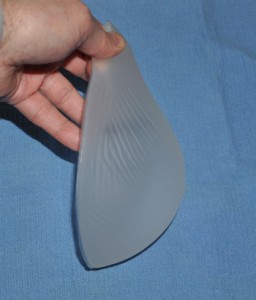There are many issues that a women considers when contemplating breast augmentation from which plastic surgeon to see to whether one should have saline or silicone implants. Amidst these considerations is one most women spend the most time pondering…what size implant should I get? This is no surprise given the reason to get implants is driven largely by the desire to have bigger breasts. So what size they should be understandably is the dominant consideration that offers both concern and excitement in the decision process.
Despite the importance of choosing breast implant size for each individual patient, there is no consistent method for doing it. Women candidly discuss what they want and it is always stated in cup size, proportion to one’s body and what one doesn’t want. (too big) The interpretation of these breast size goals is one variable that makes consistent breast implant size selection difficult. Numerous methods have been touted and used over the years by plastic surgeons for picking breast implant size. The one that is both measureable and consistent is that of the breast base diameter. Matching that to breast implant base width will always give a final breast implant size that will not be too big for most patients. (whether it is adequate is a different story)
Trying on breast implants has always seem logical for sizing and is easy to do. But the stuffing of a round implant between one’s breasts and an overlying bra, while providing some help, does not create a realistic result. The round implant does not conform to the underlying breast tissue and merely pushes it flat. This creates distortions in how the volume of the implant is seen with the bra in place.


Dr. Barry Eppley
Indianapolis, Indiana


